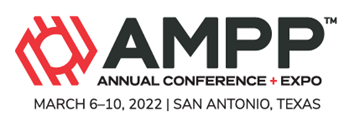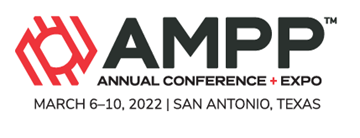Search
Products tagged with 'uns n07718'
View as
Sort by
Display
per page
Fitness-for-Purpose Testing of UNS R30003, UNS R30035, UNS N07718 and UNS N09946 in Environment with H2S, CO2, and High-Chlorides
Product Number:
51324-20839-SG
Publication Date:
2024
$40.00
Hydrogen Embrittlement Resistance of Oil Patch Alloy 718 and Its Correlation to the Microstructure
Product Number:
51321-16393-SG
Publication Date:
2021
$20.00
Influence of the Hardening Phases on the Hydrogen Embrittlement Susceptibility of Ni-Alloys based on UNS N07718
Product Number:
51320-14667-SG
Publication Date:
2020
$20.00
Influence Of The Surface Condition On The Pitting And SCC Resistance Of Alloy UNS N07718 Produced Via Selective Laser Melting
Product Number:
51321-16949-SG
Publication Date:
2021
$20.00
Initiation Sites of Pitting Corrosion in the Nickel Alloy UNS N07718
Product Number:
51323-18846-SG
Publication Date:
2023
$20.00
Material Capabilities Of Additively Manufactured Alloy UNS N07718 In An H2S-Containing Environment
Product Number:
51322-17938-SG
Publication Date:
2022
$20.00
Microstructure Characterization Of Additively Manufactured Alloy 718
Product Number:
51323-19419-SG
Publication Date:
2023
$20.00
Performance Of Additively Manufactured Alloy 718 In Sour Service
Product Number:
51322-18029-SG
Publication Date:
2022
$20.00
Understanding the Influence of Surface Condition on the Fatigue and Corrosion Fatigue Behavior of SLM718
Product Number:
51324-21234-SG
Publication Date:
2024
$40.00









